What is the energy transition? As energy professionals with transition we mean the transition from the fossil fuel generated energy to a mainly sustainable generated energy economy. The end point is to become as world independent of natural resources for energy generation and be able to ‘harvest’ energy instead of depleting our energy resources.
You can help in different ways. An often given advice to threads as global warming, climate change and depletion of natural resources to consumers is simply to save energy.
Although this can be important to prevent these threads from occurring, a more viable and sensible thing do as consumer is to aid in the transition of energy. There are currently a number of changes in the market going on, for which all you can really help as consumer:
1) Take a close look at your supplier’s sustainable generated energy part
Ask your supplier what can be offered on sustainable packages. Be prepared to pay a bit more (overprice) for sustainable generated economy. You can see this as some form of investments that our children after us are able to live in a non-polluted way.
If you are not happy with your supplier, take a look at other suppliers. Use your consumer power to place an incentive on the supplier to provide sustainable generated energy.
In Europe there are currently many smaller energy suppliers which claim to provide 100% green energy. These suppliers often guarantee this in the form of green certificates, which are traded energy labels which guarantee the energy to have a green source. Smaller suppliers often do not have production capacity on their own, which means they buy the green energy from larger producers.
2) Ask your supplier for insight in your energy use (live)
Why is this so important? The global energy landscape is changing. Currently there are many professionals developing our future energy network which can work smartly together with sustainable produced energy.
The future energy network should be more flexible to adapt to the changing weather conditions. A sunny day with strong winds will deliver high sustainable power delivery, while a cloudy day with no wind can lead to undersupply on the energy grid. To manage these situations and guarantee power delivery, live energy usage data needs to be processed and analyzed by grid operators and energy suppliers.
Currently over the world, many energy monitoring apps are developed which can deliver insight in your energy usage. Although these apps are currently often restricted at giving insight into your usage and adjusting temperature, more options are developed. For example: price promotions when you use extra or less during certain time slots, scheduling of (smart) appliances like smart washing machines, electric car charging, lighting and others, push messages when your energy usage is higher than normal and others.
Fig: Example energy management software (Source link)
3) Get a smart meter from your supplier (or ask for one)
What is a smart meter? It’s a meter which measures your energy use and sends energy usage (or production) data continuously to your supplier or energy service company.
Fig: Smart meter example (Source link)
With many meters it is still the case that a technician needs to read the meter for your energy use. With smart meters this is no longer the case and energy suppliers (or energy service companies) can live observe your energy data for purposes of efficient and optimal delivery. Many to be developed software on home energy management need smart meters to work effectively.
By belonging to the first movers (or early adopters) to this new technology, you can help the energy market with its transition to sustainables.
4) Become an energy prosumer (Invest in solar panels or other sustainables)
What is an energy prosumer? It is a term energy professionals use for the combination of a consumer and producer, hence ‘prosumer’. You become an energy prosumer if you start as consumer producing your own energy and supplying it to the energy grid.
Although it is also possible to feed in energy by windmills, combined heat and power (CHP) or other means, solar panels start becoming an increasable viable investment for consumers, because
a) The payback time is still decreasing. Costs of solar panels are rapidly decreasing and efficiency is increasing.
b) Installment becomes easier, more integrated systems, more companies which can do this for you. Be sure to look one out or use do it yourself if you have the time, energy and skills.
Fig: An rooftop with solar panels and a windmill (Source link)
Currently there are still in many countries so called feed-in tariffs which give you the cost price of electricity when placing your own produced electricity on the grid. In the future, we will likely go to a situation where the electricity you place on the grid will be based on the actual market prices (on hour interval or shorter). In the future you can do this, or there will be companies which manage this for you, to give you the best deal.
5) Manage your energy use
Take charge of your own energy use. Use apps (both independent and from your supplier) to monitor your usage, and find out if you’re doing well compared to other people.
Find out which appliances cost you a lot of money. Use them more efficiently or invest in smarter or more efficient appliances.
Start producing energy, and streamline your consumption with production. If your solar panel delivers maximum output around noon, you can also schedule your appliances to run around this time.
6) Invest in smart energy appliances and lighting
The electrical appliances industry is innovating in more efficient appliances which can be scheduled and deliver the same comfort as appliances which are not able to do this.
Fig: Smart appliances (Source link)
Often these appliances are new and have a higher price tag. But remember that this is an investment for more innovation to follow-up and to reach our target of a clean energy world.
7) Buy an electric car (if you have the money)
This also belongs to the area of products which still need more innovation to follow up. Currently, electric cars can drive up to 600 km about. If the range is doubled and the tanking (of electricity) time diminished, electric cars will drive traditional fuel-based cars out of the markets.
Fig: Electrical car example (Source link)
Why?
– The so called- well-to-wheel ratio for electric cars is much better than fuel based cars. This means that it is already more efficient to use the electricity generated in conventional power centrals in the car, than it is to use the petrol directly.
– It is cheaper to drive electric (electricity is cheaper)
– Carbondioxide emission and the greenhouse effect will be diminished (having a positive effect on stabilization of climate change).
– The above effects will drive economies of scales and learning curves for the production of electrical cars, which will effectively lower the production costs.

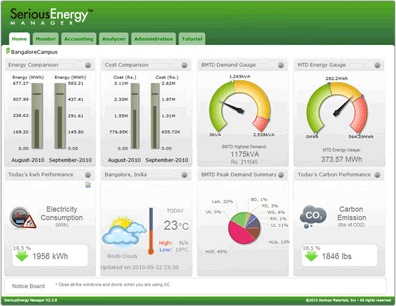
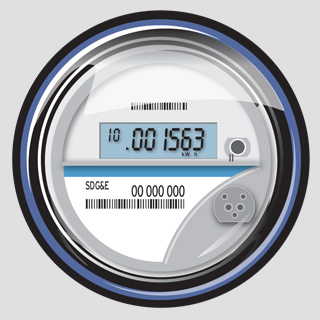
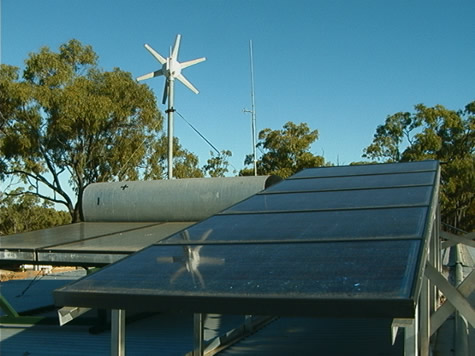
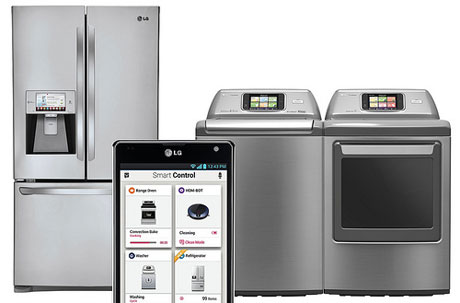
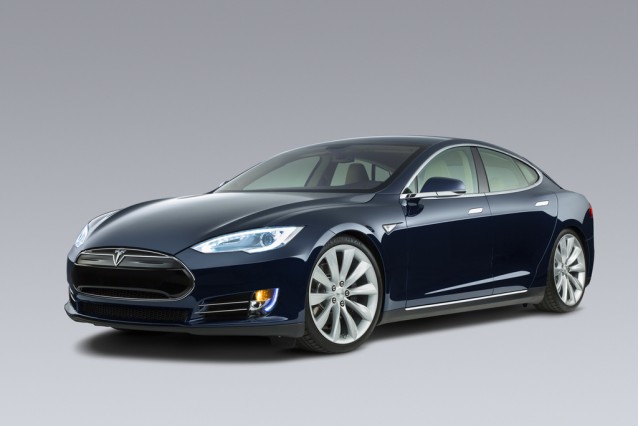
Pingback: Energy Consumer Advice | Energy Dubai